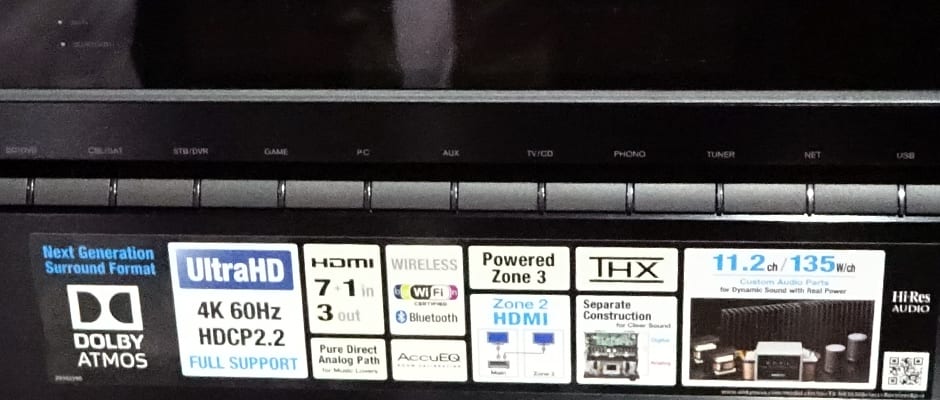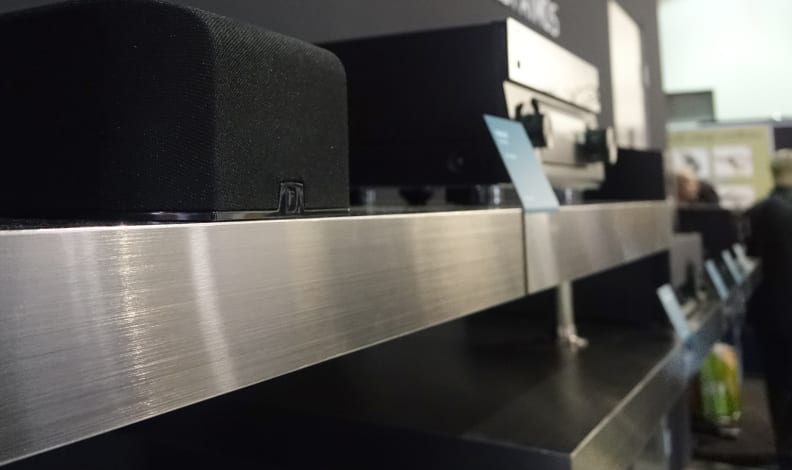4K Content On Hold Until It's Safe From Pirates
Until security protocols are in place, we'll all have to wait.
 Credit:
Credit:
Recommendations are independently chosen by Reviewed's editors. Purchases made through the links below may earn us and our publishing partners a commission.
In almost every manufacturer's press release about 4K TVs, there's a small asterisk somewhere within the text. If you follow it down you'll likely find this little footnote:
*4K/UHD content delivery standards still being developed.
One of these standards is a hardware-based content protection protocol called HDCP 2.2, and it's the reason native 4K content is taking so long to find its way into 4K TVs, which are already widely available.
Digital piracy has been so rampant since the advent of HD technology that today's 4K content creators are extremely reluctant to release their products the same way they did in the past.
In effect, they've stalled the release of on-disc 4K content, preferring to wait until effective anti-piracy measures are in place. And until each device in the consumption chain is HDCP 2.2 compliant, our shiny new UHD TVs will gather dust—or at least refuse to display content in 4K.
How does it work?
It's actually pretty simple on the surface: If you want a hardware device like a PS4, PC, or 4K Blu-ray player to send native 4K content to a 4K display, both products must "talk" to one another. But here's where it gets complicated: The content and display unit accomplish this through a hardware-based chipset with a time-based authenticated key exchange (AKE) protocol.
In plain English, your 4K Blu-ray player requests a matching response from your 4K TV, and refuses to send a signal if it doesn't get a response within 20 milliseconds. For reference, it takes longer than 20 milliseconds to say the word "banana."
Because it's hardware- rather than software-based, potential pirates will have to deal in hacked hardware rather than simply strip the encryption coding from a digital file.
What does this mean for consumers?
To be certain, it means a lot of potential hardware upgrades.
The process of even sending a 4K Blu-ray to a 4K TV requires an HDMI cable capable of supporting consistent bandwidth speeds of 80 Mbps or more, so you'll probably have to buy new cables alongside a new Blu-ray player.
With 4K TV sales steadily on the rise, you'll also want to be certain any 4K TV you invest in is HDCP 2.2 compliant: If your TV can't send the right signal back to your disc player, then you're in trouble.

HDCP-compliant products from top-tier brands are already on the market, but budget buyers must be extra wary of investing in non-compliant hardware.
While most of last year's and almost all of this year's 4K TVs are HDCP 2.2 compliant, there are and will continue to be outliers. If you bought the Seiki SE50UY04 in 2013, for example, you might want to consider upgrading.
As non-name brand 4K TVs trickle into retail chains like Wal-Mart and Costco, consumers will need to be even more cautious, lest their investment becomes useless in just a few years.
A bane, or a blessing?
While HDCP 2.2 is probably the best thing for the content ecosystem in the long-term, we can see how consumers might be miffed. Aren't these new 4K TVs expensive enough as is?
Well, the truth is, HDCP 2.2 isn't just the result of greedy fat-cats at the top of the food chain depriving have-nots of their precious Nicolas Cage movies. Billions of dollars are lost—on a global scale—when on-disc sales of multi-million dollar movies become non-existent, thanks to piracy.
That loss of revenue eventually trickles down to the creators—the people tasked with directing, casting, acting, wardrobe, set design, and video mastering. Everyone is hurt in the long-run. As the saying goes, you can't have your cake and eat it, too.
If hardware-based 4K content sales stabilize in the next few years, the prices of disc-based media will very likely drop, which is good news for consumers. We can expect lots of Ultra High Def content to emerge alongside price drops on the displays and disc players needed to view it.
Simply put, it behooves content creators—who often work closely with product manufacturers—to give consumers an affordable way to, uh, consume.
So, arrrrr you willing to wait for true 4K content? Unfortunately, you don't have much of a choice.

